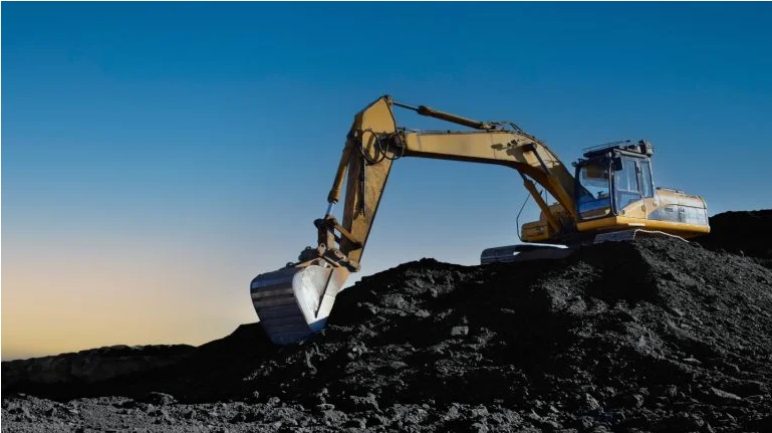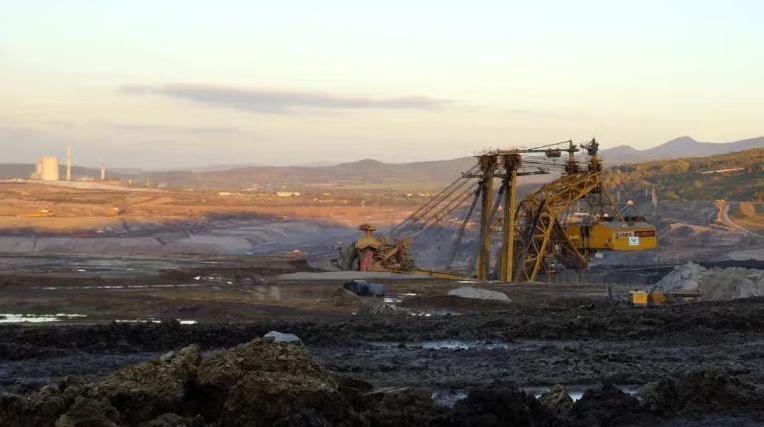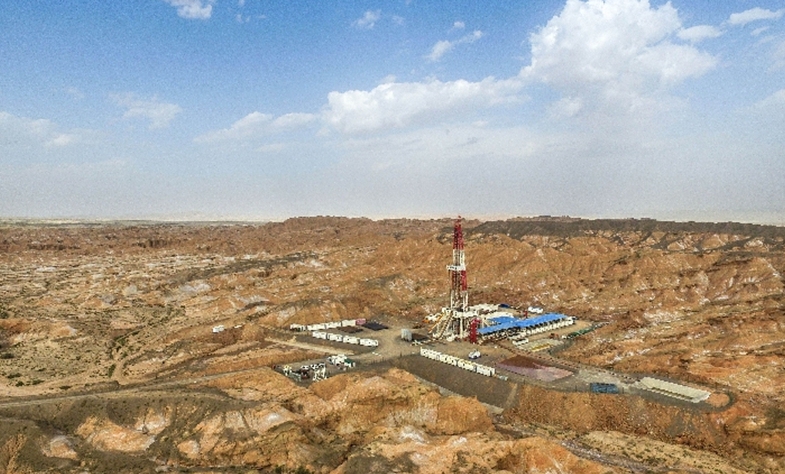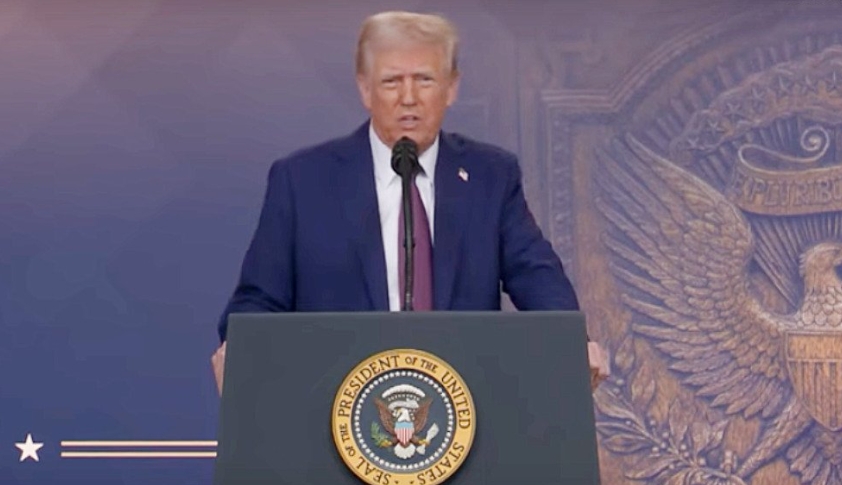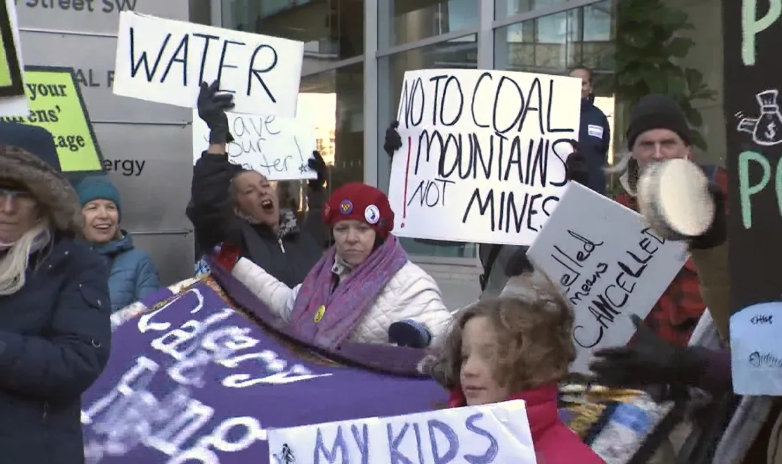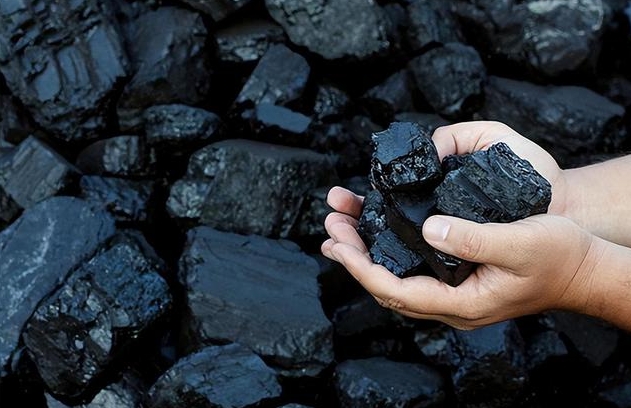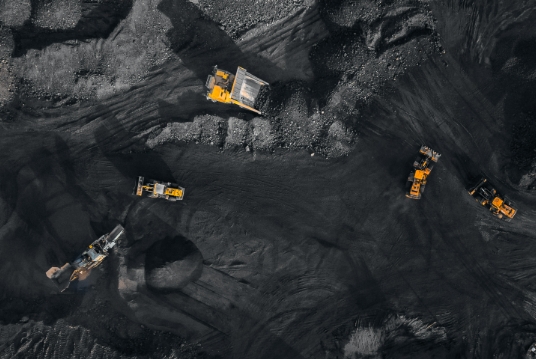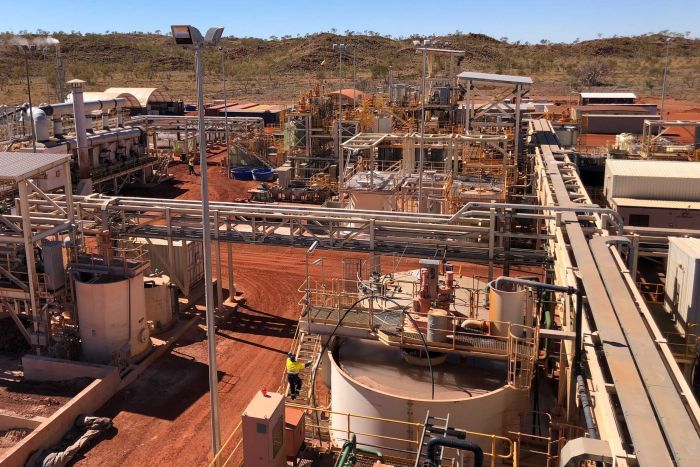 Northern Minerals' Browns Range heavy rare earths pilot project has been operating for 12 months. (ABC Kimberley: Rebecca Nadge)
Northern Minerals' Browns Range heavy rare earths pilot project has been operating for 12 months. (ABC Kimberley: Rebecca Nadge) The Browns Range rare earths pilot plant in outback Western Australia has been touted as a project that could have global significance, particularly if the US-China trade war escalates.
In 12 months, Northern Minerals' small plant near the Northern Territory border has officially opened and exported product, and the company is appealing against a tax knockback.
So, what are rare earths, and why is this small operation so important?
Northern Minerals' $210-million heavy rare earths plant in WA's east Kimberley employs just 60 people but it is a complex operation, with 3,500 data collection points located around the mine site and an onsite laboratory to analyse its product.
The mine produced its first product late last year and exported its first shipment to China in December. Northern Minerals chief executive George Bauk said the company was now benefitting from increased demand and a jump in prices.
"At the start of this year, we started with dysprosium at $180 a kilogram and just recently went to $300 a kilogram, so we're talking 60 per cent uplift," he said."There's a lot of forecasters talking about a longer way to go. I mean, the magnet industry can afford a much higher price than the $300 a kilo that we're seeing at the moment for dysprosium."
What are rare earths?
There are 17 minerals that fit into this description of rare earths and most of them aren't needed in large amounts.They have a wide range of industrial uses: in magnets, lasers, missile guidance systems and atomic energy, to name a few.Resource analyst Tim Treadgold said there would be a few challenges ahead for Northern Minerals in the global rare earths market.
"They deserve full points for getting the trial plant up, getting it working and actually producing rare earths in reasonable quantities," he said."But the issue is they're not alone, so there are a number of these projects around the world. They're not earths, and they're not rare."It's just the world has never needed a lot of them and suddenly it does because permanent magnets are at the heart of every electric motor in the world, from electric cars down to toys."
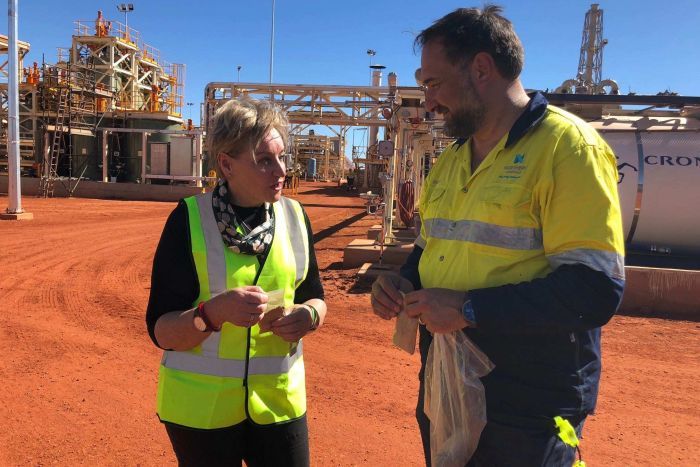 PHOTO: Regional Development Minister Alannah MacTiernan with Mr Bauk at the plant's opening. (ABC Kimberley: Rebecca Nadge)
PHOTO: Regional Development Minister Alannah MacTiernan with Mr Bauk at the plant's opening. (ABC Kimberley: Rebecca Nadge) Almost a 'full cocktail' of rare earths
Mr Treadgold said the two rare earths in highest demand by the electric motor market were praseodymium and neodymium.These are markets dominated by competitor Lynas, which mines light rare earths at its Mount Weld project in WA's Mid-West. The rare earths are processed in Malaysia.
"[Northern Minerals] have got almost a full cocktail of rare earths in the material they're mining but it its dominated by dysprosium, which is not needed in big numbers," Mr Treadgold said."The trick for [them] is to become the world's most competitive producer of dysprosium; they need to be able to produce this material at a very cost-effective rate."
China produces up to 90 per cent of the world's processed rare earths output.
US-China trade war could provide opportunities for Aussie miners: analyst
Mr Treadgold said there could be opportunities for new rare earths projects like Browns Range if the US-China trade war escalated.
"China played the same embargo card against Japan about 10 or 12 years ago, cutting [Japan] off from their supply of rare earths and the Japanese car industry suffered greatly," he said."But the problem [for China] was in cutting off that supply it created an opportunity for Lynas to get into the market, the Japanese bankrolled Lynas to become a producer of rare earths.
"If China pulls the same rare earths trigger against the United States, there's a whole line of projects waiting to go, all they need is money."Northern Minerals with its mine is going to have to make a decision to get big or can it manipulate the process it's using to maximise the production of the neodymium and praseodymium in order to catch the high prices of today?"
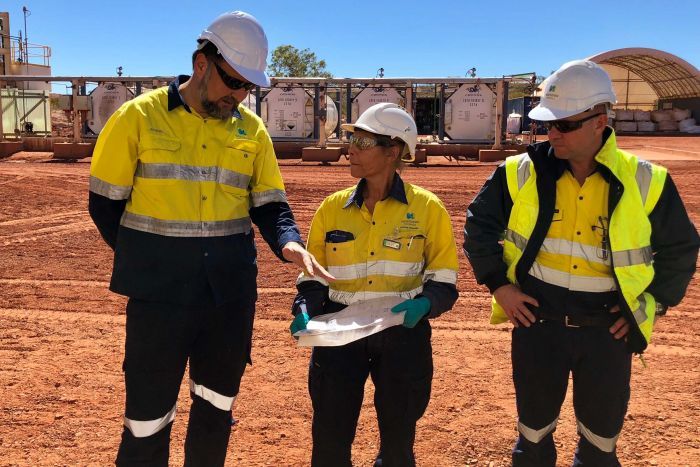 PHOTO: Mr Bauk, laboratory technician Lynette Fowles and chief operating officer Robin Jones. (ABC Kimberley: Rebecca Nadge)
PHOTO: Mr Bauk, laboratory technician Lynette Fowles and chief operating officer Robin Jones. (ABC Kimberley: Rebecca Nadge) Optimism that demand for rare earths will increase
Mr Bauk said the company was still pushing to reach full production, and described the current operation as "data rich, and people poor".
The company is in the process of appealing against a decision by federal agency AusIndustries, which in May ruled the company's research and development tax offset claims for the 2017/2018 financial year were considered ineligible.Mr Bauk said it was a significant blow.
"The reason we've invested so much money into this pilot plant is it is our intention and hope that we can actually prove the concept that we're testing at the moment."If we get the economic and technical outcomes that we're targeting, then we want to see this grow into a bigger project."What that looks like we don't know because there are so many different options."
The company has also lodged applications for an ore sorter that could potentially increase production, and Mr Bauk was optimistic that demand for rare earths would only increase.
"If you just look at everyday uses of applications and things we're confronting in new technologies, it really feels that we're going to have more need for rare earths going forward.
"There are so many other applications we don't even know about today, so it's a technology metal that will require more supply than we've seen today."
Flow-on effect for nearby towns
Browns Range lies within the Shire of Halls Creek, which has previously been named as one of the state's most disadvantaged zones.Halls Creek shire president Malcolm Edwards said a few men from the nearby Ringers Soak community had picked up work at the mine.He said it was hoped a full-scale mine would lead to jobs for more local people, with construction alone expected to create about 200 jobs.
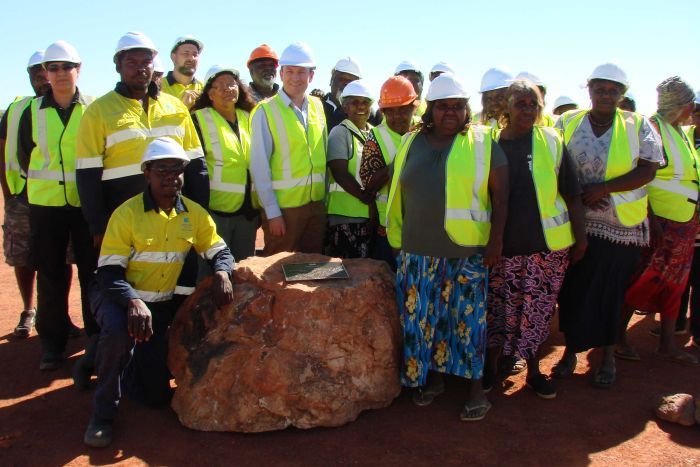 PHOTO: Traditional owners and Ringer Soak community members with WA Premier Mark McGowan at the plant's opening. (ABC Rural: Matt Brann)
PHOTO: Traditional owners and Ringer Soak community members with WA Premier Mark McGowan at the plant's opening. (ABC Rural: Matt Brann) But while the plant itself might not yet be a significant employer, the shire is still set to benefit from the project.
Earlier this year, $51 million was allocated in the state budget to upgrade the unsealed Duncan Road, which starts from Halls Creek before snaking back and forth across the NT border and meeting the Victoria Highway east of Kununurra.The road is the only access route for the mine, but is also important for pastoralists, locals and tourists.Mr Edwards said the funding, along with recently announced upgrades to the Tanami Road, would allow the council to purchase its own equipment and localise the projects as much as possible.
"It gives us probably the next 10 years of considerable road building that's going to occur," he said."We're looking at purchasing some of our own plants and wherever we can train or get Indigenous operators."Local jobs is what we're really looking at — that's the plus with that."
